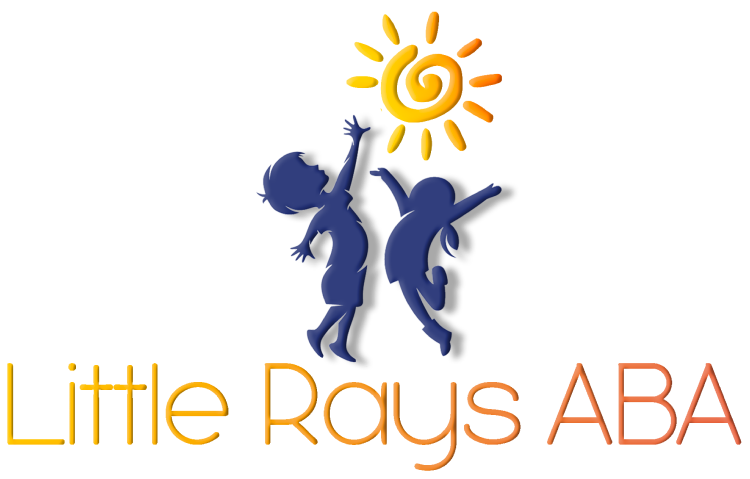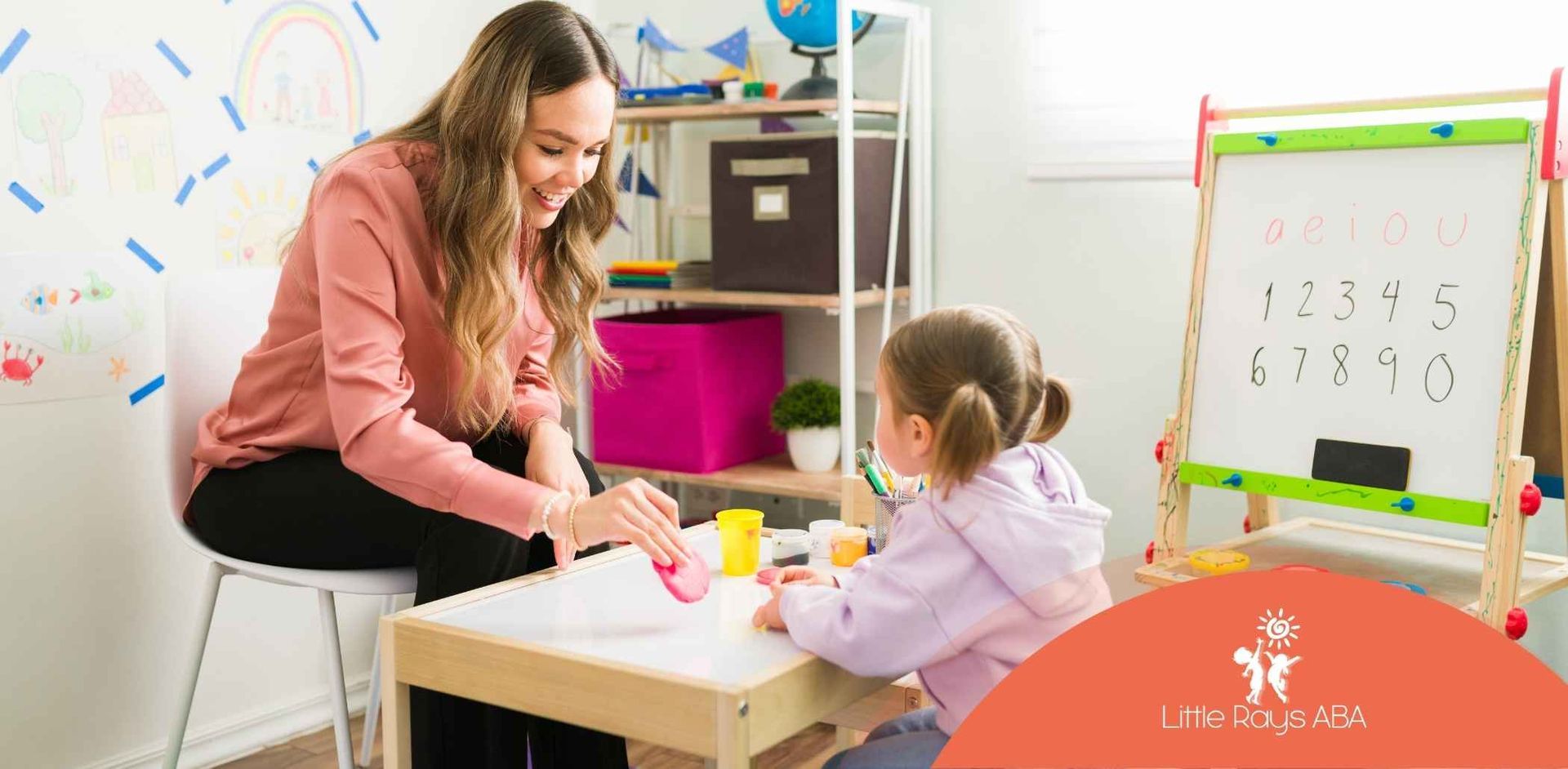
What are the 6 Stages of an Autism Meltdown?
Understanding the stages of an autism meltdown can help caregivers and loved ones respond with compassion and support. While each individual is unique, there are six key stages commonly experienced during a meltdown.
Recognizing these stages can make a big difference in how you approach the situation.
1. Triggering Event
The meltdown often begins with a triggering event, like sensory overload, a change in routine, or heightened emotions. These triggers vary from person to person but generally cause anxiety or frustration.
2. Build-Up
As the trigger affects the individual, stress levels rise. This is when you might notice signs of discomfort or agitation, such as fidgeting, avoiding eye contact, or becoming more withdrawn.
3. Escalation
At this stage, the individual becomes visibly distressed. Verbal outbursts, physical actions, or repetitive behaviors might occur. The escalation can quickly reach a point where the person feels overwhelmed and unable to communicate effectively.
4. Outburst
This is the peak of the meltdown, where the person may exhibit intense behavior. This could include shouting, crying, or physical aggression. It’s essential to stay calm and not react in a way that can worsen the situation.
5. De-Escalation
Once the outburst has occurred, the individual may start to calm down. Their breathing may slow, and they may become less agitated. At this point, it's helpful to provide a calming environment or offer comfort, though not too much stimulation.
6. Recovery
After the meltdown, the person may feel drained, confused, or exhausted. This phase can take time, and offering a quiet space or comfort can help them recover fully.
If you're seeking support for your child’s behavior, Little Rays ABA offers tailored autism services in Florida. Our experienced team is here to help guide your family through these challenges with effective and compassionate strategies.
Related Posts





